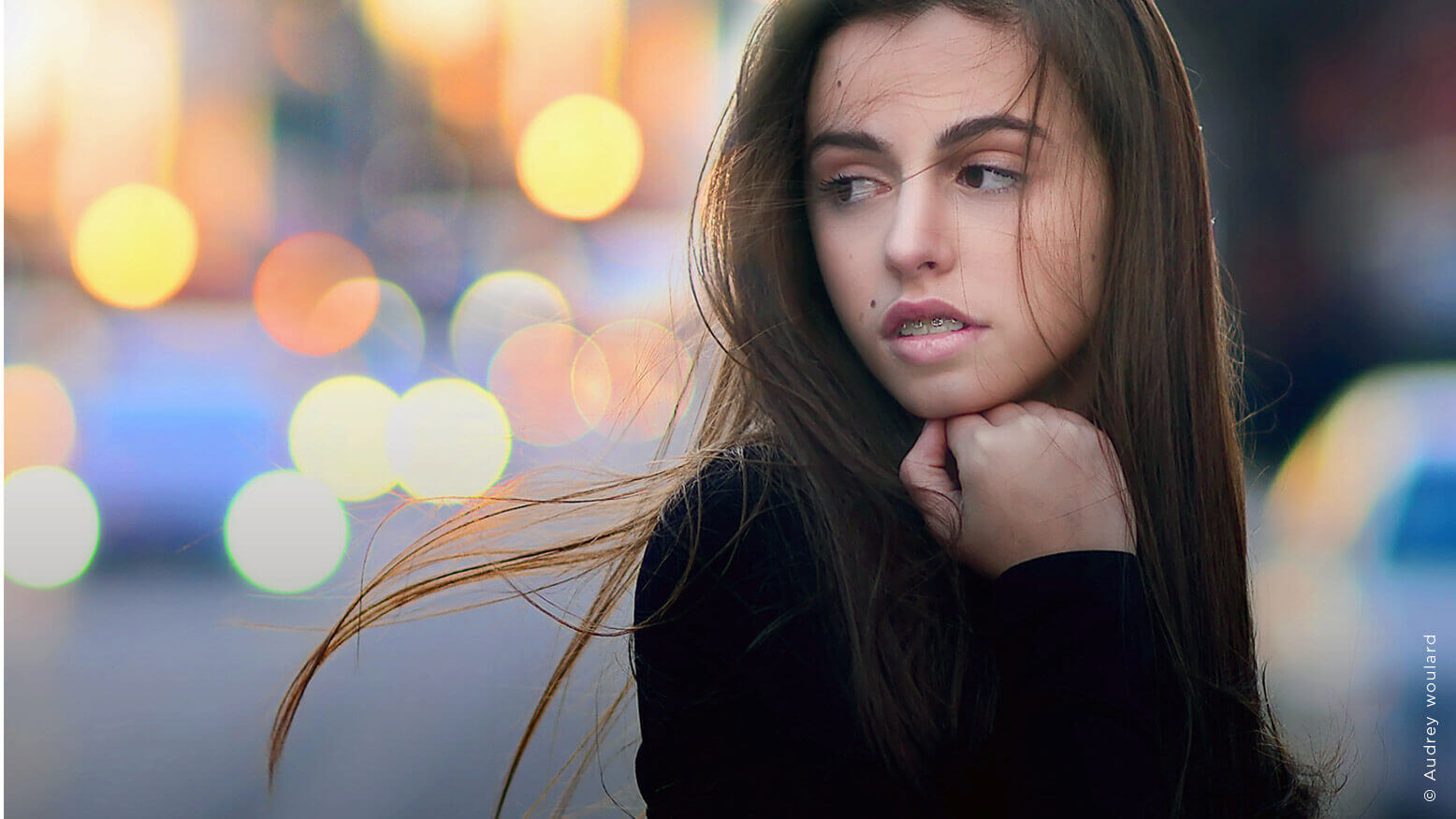The Secrets of Commercial Pricing with Audrey Woulard
To a lot of photographers, the various parts of commercial work can be extremely confusing. Many struggle with how to break into commercial work, or figure out how commercial work differs from editorial work. The one thing that’s not often talked about is how to price commercial work. One reason is that it is almost impossible to talk sheer numbers. Commercial jobs all have different budgets determined by the business, project and location.
When I began photographing high-profile commercial assignments, I was lucky to not only work with a photographer’s agent, but I was highly desired by creative directors. They wanted me to photograph the assignment I was bidding for. I became good friends with the creative director I worked with at Williams-Sonoma. Having those relationships made navigating the unknown very easy.
Don’t price yourself too low. The client will wonder what’s wrong with you or your work. Clients care about your work and how easy you are to work with. If you’re priced too low, it raises a red flag. If you’re priced too high, you may lose the bid. Here are some key points to keep in mind.
It is not uncommon to ask a potential commercial client what their budget is. If a commercial client contacts you to submit a bid, ask what their budget is. The answer helps you allocate resources within the quote so you can come up with a price range that you can work within. If you are someone who worries if you will price yourself too high or too low, this is the perfect lead-in question.
Creative directors like to see numbers their own way. Some prefer to have their quotes broken down line by line, and want to know how much you’re spending for everything involved. Line items include the fees for the photographer, models, assistants and location. Other creative directors prefer to have everything presented as one fee. Within that one fee, the photographer is responsible for covering all costs involved. Which one do you choose? It’s partly up to you. If you start quoting potential commercial clients with line-item bids and you’re not being chosen, try submitting quotes as one lump sum.
What you include in your quote is another question that many struggle with. You should charge for your time and the images. These two things are completely separate. Commercial clients usually do not need a ton of images, but they want to have all the images upfront so they can choose those that work best with their collateral. For portrait photographers, this may seem strange, like you’re giving up a full gallery of images that they aren’t paying for. This is why your photographer fee shouldn’t be cheap. It should be at least four figures.
What you charge for the images depends on the usage. Some companies want to use images for just a year. If you have a client who wants a one- to two-year usage agreement, that means they will use the images for up to two years. After that time, they may hire you to reshoot, or they may pay you for another one- to two-year usage. There are also companies that prefer unlimited usage. An unlimited usage agreement should be priced a lot higher than the former.
What should you charge for your images? That is a loaded question without a one-size-fits-all answer. The variables include how long they plan on using the images, what the images will be used for, whether the images will be online and how popular their website is. Images used for Target.com will be priced a lot higher than headshots for a Fortune 500 company because the images on the Target website have a much higher reach.
FotoQuote gives you a ballpark figure that can help you price the actual images. It is used for pricing stock images, but the thought process is the same. Enter parameters to find what a particular image is worth. Most of the money made in the commercial world is from selling images. It is the same premise when a portrait photographer sells prints.
Another line item that many forget to add to a quote is the post processing. With larger commercial jobs, an individual called a digital tech is often on set. This person is responsible for post-processing the images for the client. When shooting on a large set, the photographer is often tethered to a computer. The digital tech receives those images. This person works with the creative director to choose the best pictures while you’re shooting. Of course, this person needs to be paid. Their fee comes out of the four figures. If you have a much smaller job with a lower budget, this fee would perhaps be a bit lower, but the takeaway is that it should be a line item in your quote. If you are your own digital tech, you’d also charge for the post processing.
As you can see, the commercial world can be hard to navigate, and pricing can be a mystery. Hopefully this article answered a few basic questions and encouraged you tackle commercial yourself.




